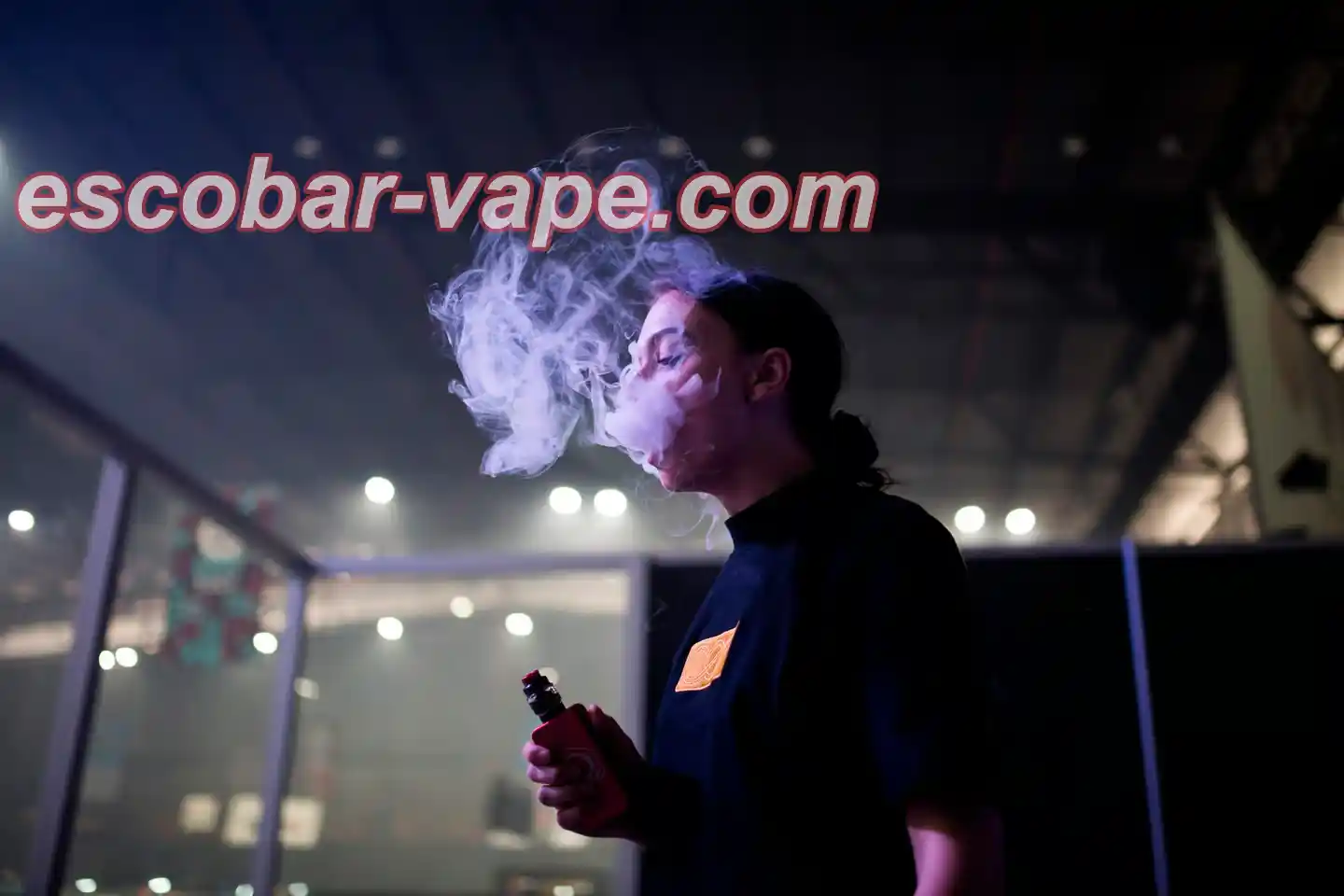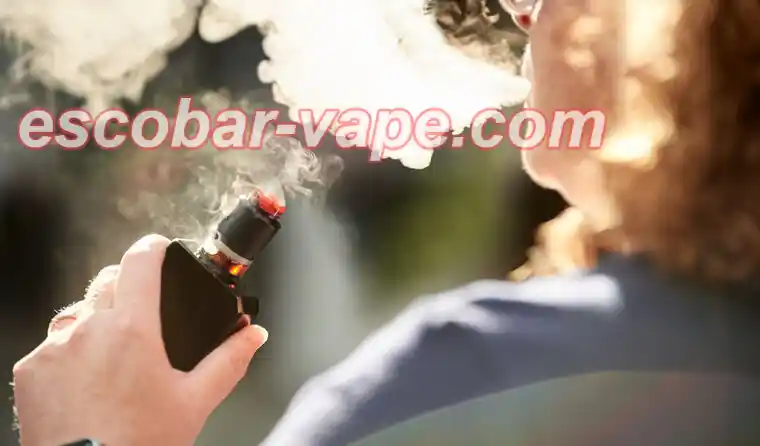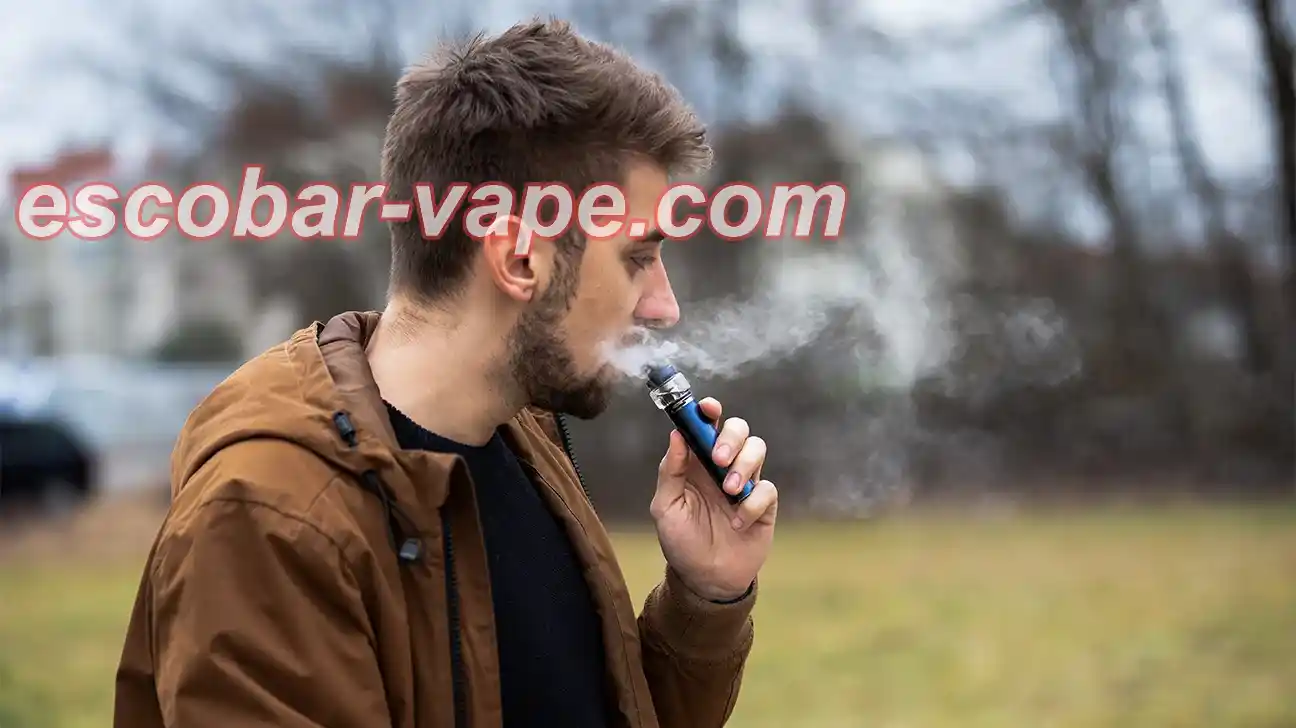Cracking Down on the Vape Black Market: A Look at the Global Battle for Regulation and Safety
The world of business often operates on one fundamental driving force: profit. As the saying goes, "If there's a 20% profit margin, capital stirs; if there's a 50% margin, capital dares to take risks; if there's a 100% margin, capital dares to risk the guillotine; and if there's a 300% margin, capital dares to trample all laws underfoot." This mindset can be seen clearly in the black market of global electronic cigarette trade, where profits fuel both ambition and illegal activity.
The "Blue Ocean Temptation": The Hidden Game of the Black Market
The rise of the vape black market is a multifaceted phenomenon, influenced by numerous factors. First and foremost, policy restrictions and tax pressures have created a demand for alternative markets, while the rise of private trade and mobile e-commerce has perfectly filled this void. Different countries have varying regulatory frameworks for vapes, and in some regions, these frameworks are still underdeveloped, providing ample opportunity for illegal trade to thrive.
Furthermore, inconsistent enforcement and frequent policy changes exacerbate the uncertainty of the market, further fueling the black market's expansion. While governments around the world wrestle with regulation, consumer demand for vapes continues to rise. Especially when faced with inadequate supply or high prices in legal channels, consumers are increasingly turning to the black market to find cheaper options. Together, these factors form a "blue ocean temptation" for vape manufacturers, many of whom, in pursuit of higher profits, are willing to take the risk of entering this gray zone.
A large market and the never-ending "cat and mouse" game between law enforcement and illicit traders are key reasons for the existence of the vape black market.
Underlying Threats: The Black Market’s Impact on the Legitimate Industry
The vape black market has a profound impact on the legitimate market, especially through its aggressive pricing strategies. These illicit products often undercut the prices of legal brands, shrinking the profit margins for legitimate companies. Because these black market products lack safety standards, they pose significant health risks to consumers, damaging the overall reputation of the vape industry. On top of that, the misleading advertising strategies employed by black market dealers confuse consumers, distorting their understanding of vapes.
The health risks posed by illegal vape products place an additional strain on public health systems. Even worse, the prevalence of counterfeits and "copycat" products, known as "fakes," damages the interests of legitimate vape manufacturers. This phenomenon has led to the repeated appearance of the term "China Illegal Vape" in international news, causing reputational damage to "Made in China" products and fostering negative international public opinion.
Reshuffling Era: Governments’ Crackdowns on the Black Market
In response to these challenges, governments around the world have ramped up efforts to combat the vape black market, with many notable successes and real measures being implemented. For instance:
United States: The FDA and law enforcement agencies launched an operation in California on April 30, seizing 45,000 unauthorized vape products worth around $703,000. Brands like Puff Bar, Elf Bar, Esco Bar, and others were involved. The FDA has only approved 23 tobacco-flavored vape products, but the market is flooded with flavored products that fall outside regulatory approval.
Canada: Between December 2013 and 2021, Ontario's public health department seized illegal vapes worth nearly $45,000.
United Kingdom: In 2023, significant seizures occurred at Kent port and several stores, with 484,366 illegal vapes seized at the port and 19,349 in shops. Currently, 40% to 50% of vapes in the UK are believed to be illegal.
Italy: The illegal vape market generated over €1.8 billion, with much of it flowing through the dark web and social media channels.
Australia: In a historic operation on April 17, police seized nearly 500,000 illegal vapes, worth more than $15 million USD, from a warehouse in West Melbourne.
Southeast Asia: Vietnam, Malaysia, the Philippines, and Thailand have all launched major crackdowns, with millions of dollars’ worth of illegal products seized in operations over the past year.
These efforts showcase how governments are increasingly serious about dismantling the illegal trade of vapes, yet the challenge remains formidable.
The Future Outlook: Compliance as the New Opportunity
The past few years have marked the end of an era for the vape industry: one of unregulated growth and opportunistic speculation. The future of the global vape market lies in complying with regulations and ensuring high-quality standards. As outlined in various reports, such as the 2024 U.S. Vape Policy Analysis and the Australian List of Compliant Vape Products, numerous manufacturers are already positioning themselves for compliance, crossing higher regulatory hurdles to establish new barriers to entry and protect their businesses.
The transition to a regulated market could lead to healthier and more sustainable growth for the industry. Vape companies that choose to comply with regulatory frameworks are positioning themselves for long-term success, creating a pathway for the industry to mature and ultimately thrive in a more orderly and health-conscious international market.
As the saying goes, "When the avalanche comes, no snowflake is innocent." The time is ripe for the industry to evolve, and the market is increasingly embracing the idea of compliance and ethical production. The future of vapes, then, lies not in taking risks and skirting regulations, but in meeting them head-on and fostering a safer, more transparent market.
The Role of Legal Markets: A Closer Look
In the U.S., the esco bar vape products have surged in popularity. Their flavor diversity and user-friendly design make them a top choice for many, but with the proliferation of black market goods, how can consumers be certain they’re getting quality, safe products? The key lies in understanding the importance of buying from verified legal sources. Esco bar flavors come in a range of unique choices, offering users an authentic experience without the risks associated with unregulated products. While black market options may seem like a cheaper alternative, they often lack the reliability and safety that legal brands like Esco Bar provide.
The Global Debate: Policy Challenges and Market Responses
As governments continue their battle against the black market, the regulatory landscape for vapes remains divided. In the U.S., debates about the U.S. political divide on vape regulation continue to fuel uncertainty within the industry. The tension between state and federal policies complicates enforcement and creates confusion for both consumers and manufacturers. This divide not only poses challenges for regulation but also impacts market dynamics, with varying rules across states and localities.
Moreover, the global vape market continues to evolve. While many manufacturers aim to stay ahead of regulatory requirements, the black market continues to thrive in regions where enforcement is lax. Consumers in such regions may turn to unauthorized channels, seeking out cheaper alternatives at the risk of their health. It is up to both governments and consumers to prioritize safety and compliance in the marketplace.
Consumer Responsibility and Industry Accountability
Ultimately, consumers have an important role to play in shaping the future of the vape industry. By making informed choices and purchasing from legal, reputable sources, consumers help support a regulated market that benefits both their health and the integrity of the industry as a whole. This is where platforms like Vape Boom Explained offer critical insights into the regulatory landscape and market trends, guiding consumers toward safer, more informed purchasing decisions.
At the same time, the vape industry must be accountable for ensuring product quality and safety. Innovation in flavor variety, product reliability, and regulatory compliance will determine which brands thrive in the long run. The move toward compliance opens new opportunities for manufacturers to differentiate themselves and build consumer trust.
Conclusion: A Safer, More Regulated Future
The vape industry stands at a crossroads. While the black market continues to operate, creating challenges and health risks, the future of the market lies in compliance, transparency, and regulation. With the right mix of policy enforcement, consumer education, and industry accountability, we can expect to see a healthier and more regulated international vape market in the years ahead.
For those seeking quality, regulated products, legal channels remain the best option. From the esco bar vape to a diverse range of esco bar flavors, there's no reason to compromise on quality. Instead of turning to the black market, consumers should embrace the legal market, where innovation meets safety and compliance.
As the industry grows and matures, it's essential for both consumers and businesses to understand the importance of responsible purchasing and manufacturing practices. Through collective efforts, the vape market can transition from its early days of speculative growth to a thriving, regulated industry that benefits all.
